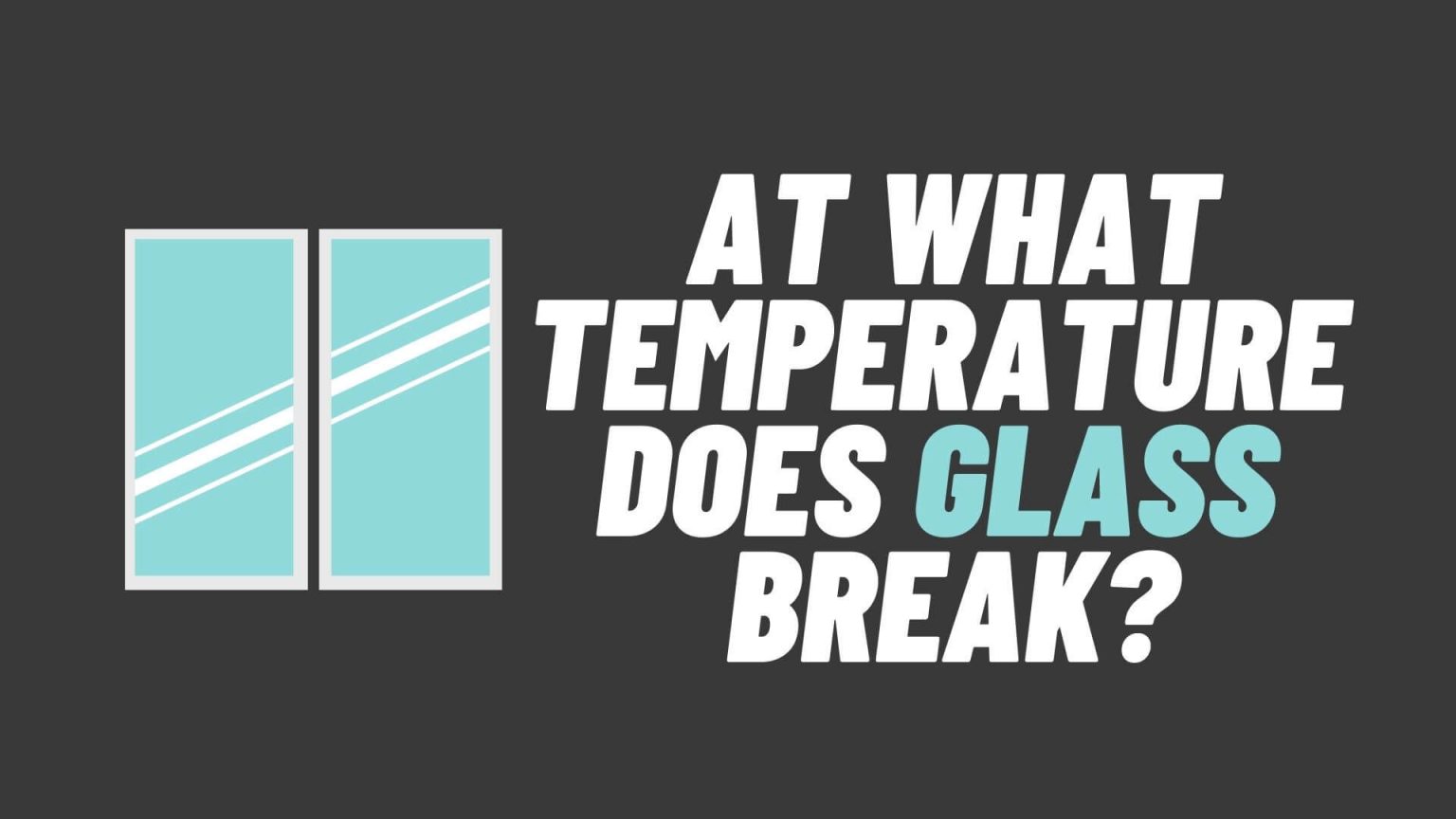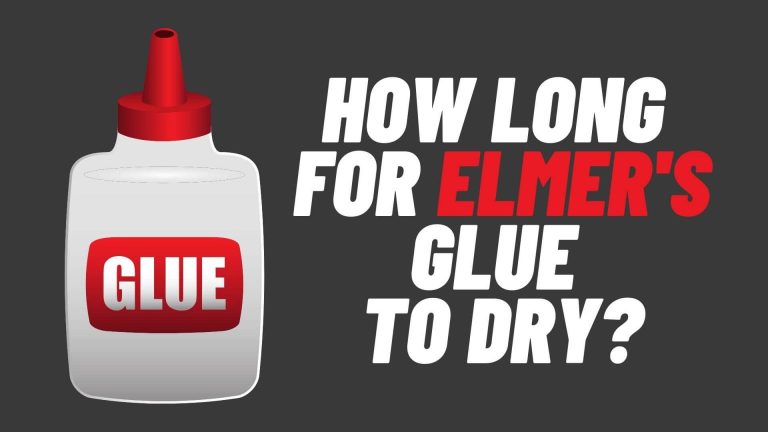At What Temperature Does Glass Break?
Glass is a beautiful, transparent material that has been used for thousands of years. It’s also extremely fragile and can break with just the slightest tap or push. But at what temperature does glass break? Is it as low as we’re taught in school? The answer is yes; glass breaks at only 70 degrees Fahrenheit (21 degrees Celsius). So why do we learn about 400 degrees F (204 C) when that’s not even close to the truth? Find out more in this post!
Information About Glass
We all learned from our science classes that glass is very brittle and will shatter if you hit it against something hard enough. We were told never to touch it because it would cut us up like crazy, which is genuine glass certainly can be sensitive and dangerous material.
Glass is a widespread material, and it’s used for many different things. Glass can be made from silica (sand) and soda ash, heated to high temperatures in the absence of air. This makes glass easier to mould if it’s not already naturally occurring (such as in rocks or rivers). The original glass was only found in nature, but now almost all glass is made artificially. It’s easier to make this way because it can be created in a mould.
Glass can be used for many purposes, including storage containers, dishes, windows, and even bottles. Whatever the need for a drink, it is essential to know glass breaks at what temperature. This will help determine the type of glass needed for your purpose or project.
The name for this type of glass is a soda-lime silicate, which has various names depending on where you are in the world. It’s also referred to as plate, container, safety, and flat glass. Now that you know what kind of glass it is, you can understand why it is essential to know at what temperature does glass breaks. Soda-lime silicate is a type of glass that can be used for various purposes. One example of this is oven windows. Some people use these types of windows as foil or other alternatives because they’re easily accessible and don’t require any special tools.
The melting point for this type of glass is around 1,200°F. It’s important to know this, so if you ever have a piece of flat or container glass that broke during a project or assembly, you’ll see the temperature at which it was made and how hot it needs to be for proper reassembly.
Soda lime silicate glass has this approximate melting point because it’s made with calcium oxide (lime) and sodium oxide (soda). Soda-lime silicate glass has various names like flat glass, soda-lime glass, plate glass, container glass, and safety glass. These soda-lime silicate glasses are used for windows in oven doors, containers for chemicals in the lab, and more.
Now that you know about soda lime silicate glass, it can be beneficial in certain situations involving heat, such as oven windows or chemical containers. It’s essential to know at what temperature glass breaks when working with these hot projects. This will ensure the glass lasts long and properly performs its job. Knowing the temperature at which glass breaks is vital for proper usage, especially when hot projects like ovens or chemicals.
At What Temperature Does Glass Break
There are few reasons and situations and the types of glass that breaks at a specific temperatures, every glass can break at different temperature. Check out the types of glass below:
- The temperature at which glass breaks is dependent on the type of Glass and the thickness.
- Different types of glasses have different breaking points, with soda lime typically having a lower threshold than borosilicate.
- Soda-lime will break around 480 degrees Fahrenheit, while borosilicate will break around 1,200 degrees Fahrenheit.
- This is because borosilicate’s low thermal expansion coefficient allows it to withstand higher temperatures without breaking as quickly as other types of Glass.
- When heated, the molecules in soda-lime expand more rapidly and therefore cause it to break sooner than when heated in borosilicate.
- Knowing this information can be helpful if you’re trying to determine what type of window or mirror would be best for your home based on its climate (especially if you live in an area that sees extreme cold winters).
- If you’re living in an area that sees extreme cold, using Glass that can withstand higher temperatures would be most beneficial, so it doesn’t break during the winter months.
- Knowing at what temperature glass breaks will help ensure your window or mirror lasts longer and performs its job correctly. This is especially true for oven windows if you want to replace them with an alternative to foil.
- If you wanted to, you could use certain types of Glass in oven doors if they had a higher breaking point.
- If you were working with chemicals and needed glassware for the containers, knowing the temperature at which the glass breaks would be vital for its success.
- Soda-lime silicate glass is used for various purposes, such as oven windows and chemical containers.
- The melting point of soda lime silicate glass is around 1,200°F.
- Knowing the breaking point of this type of Glass will help you determine if it’s suitable for projects with the heat involved, like oven windows or chemical containers.
- This information will help you determine if this type of Glass is best for your project and ensure it properly performs its job.
- The temperature at which the glass breaks depends on the thickness of the Glass. Glass that’s thinner has a higher breaking point because it cools faster than thicker pieces of soda-lime silicate glasses.
- The glass’ thickness is directly related to its breaking point.
- If the Glass is more than 1/4 inch thick, it may not break too early or too late.
- If you were working with oven windows and wanted to use a different type of material other than foil, knowing at what temperature does glass breaks would be beneficial.
- If you wanted to use borosilicate for oven windows, knowing its high breaking point would help ensure it wouldn’t break too early or late when the temperature changes. Borosilicate glass has a higher melting point than soda-lime silicate glasses because of its low thermal expansion coefficient that allows it to withstand changes in temperature better.
- If you’re working with chemicals, knowing at what temperature does glass breaks would be helpful when determining the type of containers to use for the liquids or solids.
- Glass that’s around 1/4 inch can withstand heat up to 480°F.
- Around 1/8 inch glass can withstand heat up to around 980°F.
If this blog post ”At What Temperature Does Glass Break” helps you a lot then please tell us using the comment section given below.







